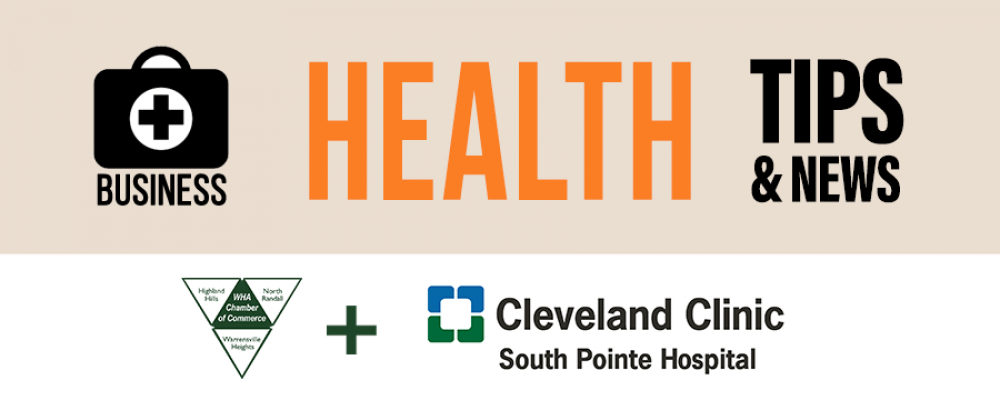What is heat illness?
Heat illness includes heat stroke, heat exhaustion, heat cramps, and heat rash. It often occurs when a person is exercising, working, or engaging in an activity when temperatures and humidity are high.
What are the types of heat illness?
Heat rash and heat cramps are mild types of heat illness.
- Heat rash is a mild skin irritation caused by heavy sweating.
- Heat cramps usually develop in muscles being used during the activity. Cramps are caused by the loss of body salts and fluid through heavy sweating and high effort. When a muscle has a low salt level, it cramps.
Heat exhaustion and heat stroke are serious types of heat illness.
- Heat exhaustion is the body’s general reaction to losing salt and fluid through heavy sweating.
- Heat stroke usually occurs in very high heat, high humidity conditions. However, heat stroke can also occur in mild to moderately hot temperature if the humidity is high (in other words, if the heat index – the “feels like” temperature – is high). Sweat cannot evaporate as quickly as usual, so the body cannot release heat to cool itself. Sweating stops and the body temperature goes up quickly. Body temperature can rise to dangerous levels – 106°F or more in just 10 to 15 minutes.
Who gets heat illness?
Individuals who exercise or work under hot, humid conditions – inside or out – are at highest risk for heat illness. Exercising or working in the sun on a hot, humid day increases the risk of heat illness.
Other factors that increase the risk for heat illness include:
- Dehydration (not having enough fluids in the body).
- Obesity.
- Use of certain prescription medicines like tranquillizers, water pills, Parkinson’s disease medications, and drugs used to treat mental illness.
- Illegal drug use.
- Poor physical fitness or lack of experience working in heat, outdoors, or doing heavy work.
- Alcohol use.
- Illness/fever.
- Clothing that is tight, dark, or heavy.
- Wearing heavy equipment and clothing (sports padding and helmets; police/fire, personal, industrial protective equipment and clothing).
- Medical conditions like diabetes, kidney and heart problems including high blood pressure, pregnancy.
- Age four and younger and 65 and older.
- Prior history of heat-related illness.
Some of the industries with a high risk for heat illness include construction, transportation and utilities, farming, maintenance, landscaping, and support activities for oil and gas operations. Athletes who compete outside also have an increased risk.
What causes heat illness?
Normal body temperature is balanced through heat production and heat loss. A heat-related illness occurs when the body is not able to regulate, or control, its temperature. Heavy sweating disturbs the body’s normal salt-water balance, which causes the symptoms of heat illness.
Most cases of heat illness occur when a person is exercising, working, or engaging in an activity when the temperature and humidity are both high. Under these conditions, sweat cannot evaporate from the skin (the body’s natural cooling system), and the body’s temperature begins to rise. If left untreated, a heat illness can lead to serious complications, even death. If detected and treated early, however, most serious problems can be avoided.
What are the symptoms of the different types of heat illness?
Heat stroke
Heat stroke is a medical emergency. Call 911 immediately if a person has any of these symptoms:
- Temperature of 103°F or higher.
- Throbbing headache.
- Nausea.
- Muscle twitching.
- Red, hot, dry skin.
- Confusion, altered mental state, slurred speech.
- Dizziness or fainting.
- Rapid pulse.
- Seizures.
- Lack of sweating.
- Hallucinations.
- Loss of consciousness.
Heat exhaustion
- Heavy sweating.
- Muscle cramps.
- Cool, moist skin.
- Headache.
- Nausea.
- Dizziness.
- Fainting.
- Weakness.
- Irritability
- Pale skin color.
- Weak and quick pulse.
- Quick and shallow breathing.
- Thirst.
Heat cramps
- Muscle pain or spasm—usually in the legs, arms, or abdomen.
Heat rash
- Small red bumps or small blisters on the skin in areas that stay wet from sweat—usually on the upper chest, neck, inside of the elbow.
Can heat illness cause serious problems?
Heat stroke is the most serious form of heat illness. Heat stroke can cause blood disorders and damage to the heart, liver, kidneys, muscles, and nervous system. Heat stroke can lead to death if the person does not receive emergency medical treatment.
When a person with heat exhaustion does not receive treatment, the illness can worsen and become heat stroke. An individual with heat exhaustion is at higher risk for accidents because heat exhaustion often causes tiredness, confusion, and decreased alertness.
How can heat illness be prevented?
- Drink water every 15 minutes when working or exercising in a hot environment, even if you are not thirsty. If you need to be out in extreme heat (heat index over 103°F), drink a total of 2 to 4 cups (16 to 32 ounces) of water each hour.
- Take periodic rest breaks in the shade, cool area, or air-conditioned space.
- When working or exercising outside in hot humid weather, wear a hat and loose, lightweight, light-colored clothing.
- Do not drink alcohol or caffeine-containing beverages.
- Avoid going outdoors for activities or exercise if possible when the temperature and humidity are high.


Follow Us!